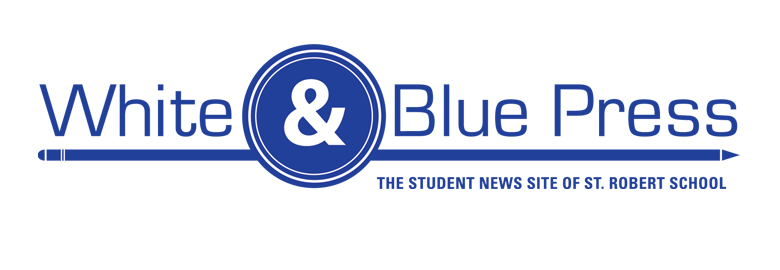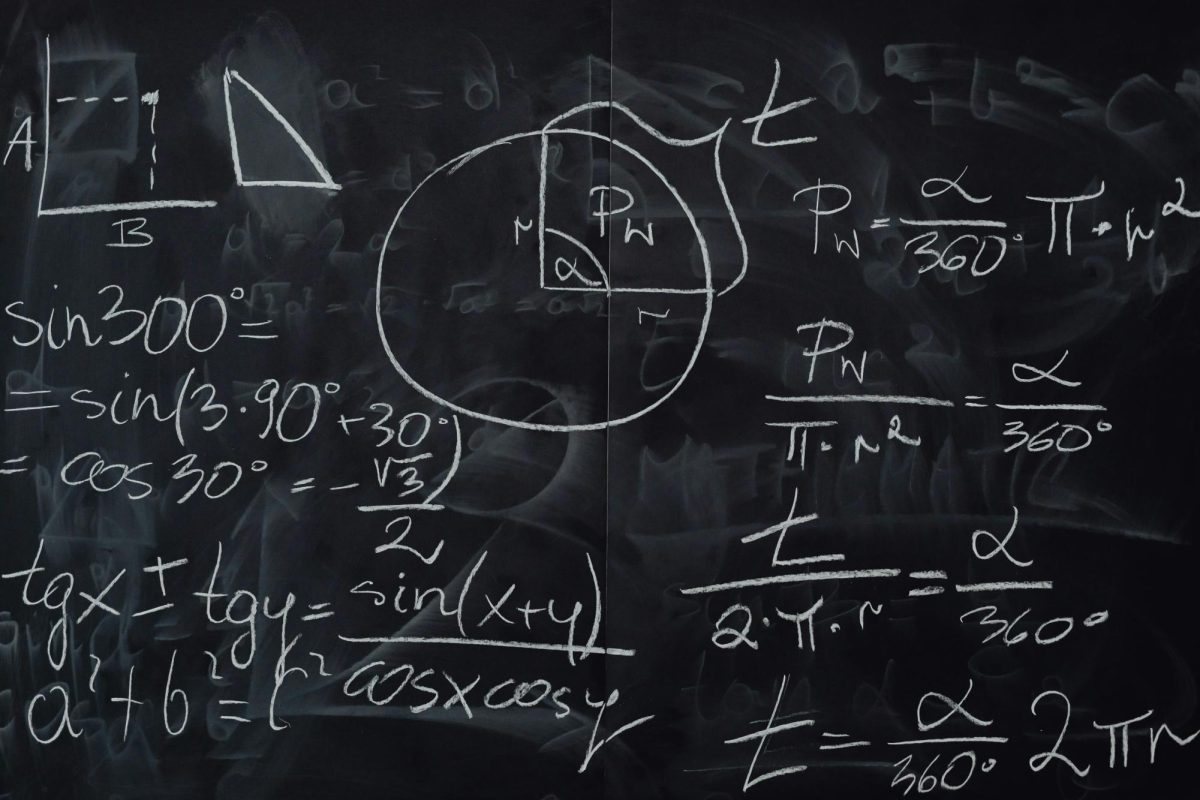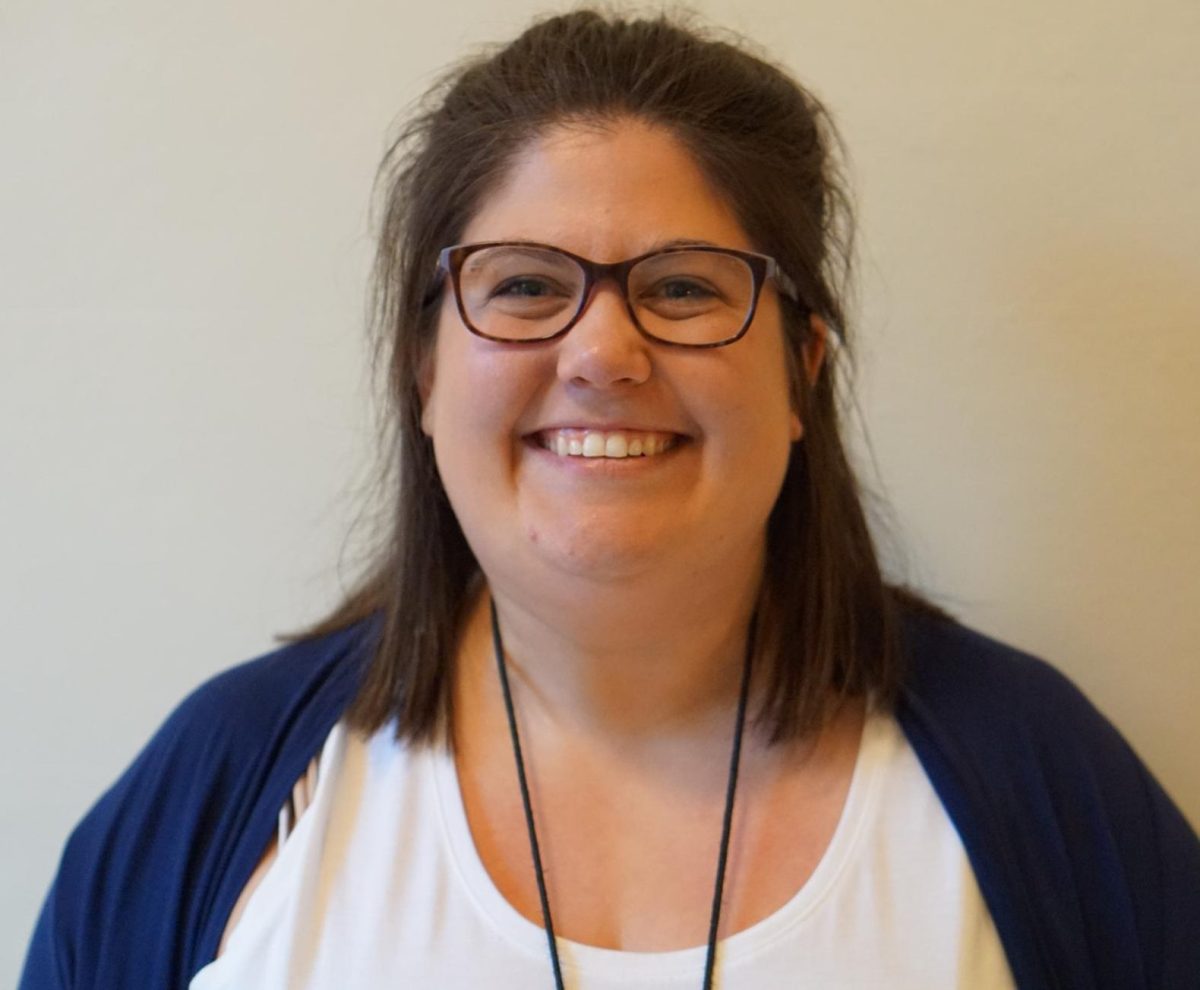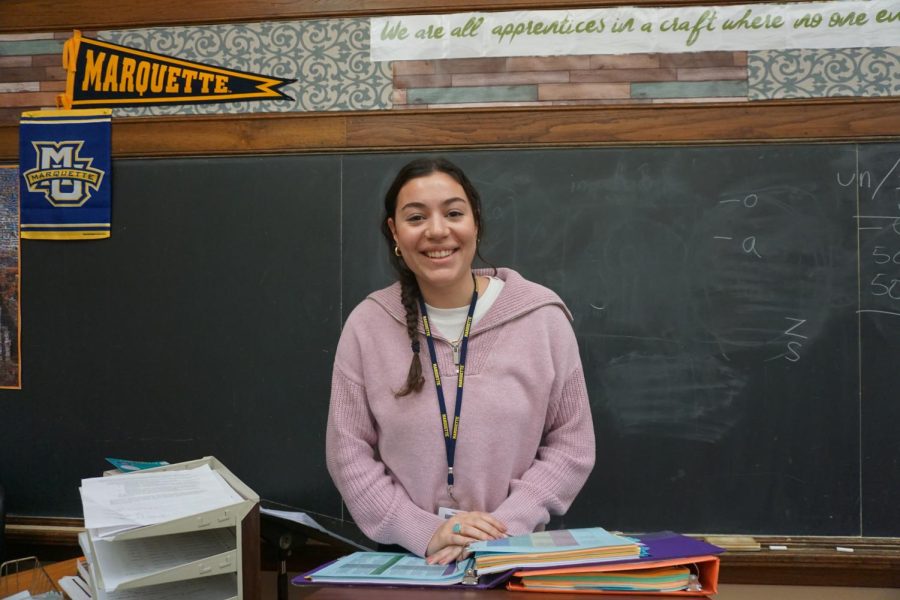This year St. Robert School is trying a new approach with the math program in sixth & seventh grade. Over the recent years, St. Robert has been working hard to improve their math education, leading to changes in curriculum and instructional practices alike. This year, they are trying another change: splitting sixth and seventh grade classes into two different groups that are geared towards the students’ math abilities.
There are two classes for each of the two grades: the blue class and the white class. These names are based on the school’s specific spirit colors. The blue class moves at a quicker pace than the white class, but both classes are currently learning skills that are considered “above grade level.” The white class actually is doing the exact same curriculum as the blue math class, both following an accelerated curriculum for their grade level. However, the difference between these two classes is that the blue class moves at a much faster pace than the white class, doing about two lessons from their book per day while the white class only does one. Mr. Anderson, the teacher of the seventh and eighth grades at St. Robert School, says that he has high goals for both seventh grade classes. For the blue class, he wants them through some high school skills by the end of their eighth grade year: “I have a pretty high goal for the blue class. I want them to get through seventh grade, eighth grade, algebra one, and geometry [curricula] by the end of their eighth grade year.” He has a high goal for the white class as well: “I want them through the end of algebra one by the end of their eighth grade year,” he says. This shows that St. Robert School is raising the bar for their students so that they can be very well-rounded and high-achieving in all areas. They are making this change with the knowledge that historically, students from St. Robert have been known for their strong ELA skills, but math has been their weak spot.
Amidst this change, the students have developed their own opinions on how the split math classes have been working out for them. On the positive side, one of the students in the blue math class, Max, says, “I like the split math classes because they challenge each student differently. I think that the change has helped me to be able to work with kids who are more at my level.” Thinking positively as well, Sincere, a student from the white math class says, “I think that the curriculum this year is great and at my level. I think that it is more at my level than last year, which helps me to understand what is happening in class a little bit more.” Thinking about some of the things that are downsides to the split this year, Sincere said, “Sometimes, the split makes me feel dumb. The blue kids are mean to me from time to time because I’m in the white class.” Sincere is talking about something that is feared to be one of the main downsides of the split math class program. Because all of the students know that the blue class is on a more accelerated learning pace than the white math class, the white class students feel like they are not as smart and the blue class kids are mean to the white class kids because they think that because they are in the blue class, they are better than the white class.
This change in the math program is helping the students to further their learning and fulfill one of the St. Robert pillars of academic excellence and has overall proven to be a positive change for all. However, no change comes without difficulty. Students need to be guided to develop better acceptance and empathy so that they are not pitting their differing strengths against each other in a negative way.






